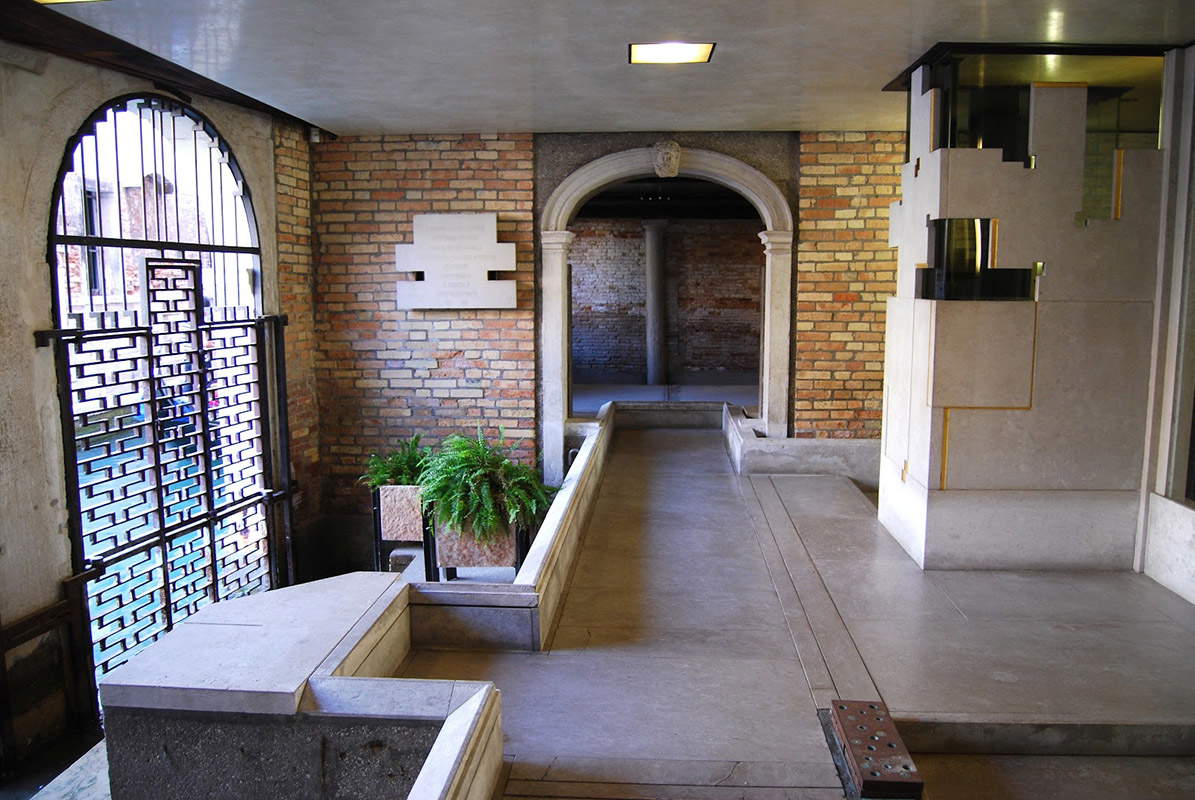In Venice, the Fondazione Querini Stampalia is looking for a new director, but the way in which the foundation is seeking him or her is raising several concerns and causing many eyebrows in the world of cultural heritage. It is not, in fact, a call for applications, but a selection notice “to solicit and collect expressions of interest from qualified people who meet the requirements.”
The “ideal” director of Fondazione Querini Stampalia must have, the notice states, proven experience in the management of cultural foundations or institutions, must have experience in the implementation of cultural projects, in activities or fundraising, marketing and communication projects, and then again in managing negotiations, contracts, negotiations, project management, as well as basic skills in economic/financial subjects, knowledge of Italian and English, international experience, and finally a master’s degree or university master’s degree. No scientific expertise is required. The position will be full time and will be for three years, renewable. Habitual residence in Venice for the period of the appointment is also asked, so no relocating directors.
ICOM, the International Council of Museums, or the world’s leading museum representative body, criticized the announcement. “According to the Italian and European standards on museum professions,” ICOM points out in a note, “the figure of the Director of Cultural Institutions should instead have a triple function: scientific, cultural and managerial and, at the same time, an Institution such as the Fondazione Querini Stampalia in Venice, should aspire to the best possible candidacy both nationally and internationally.” The problem with the Querini Stampalia’s call for proposals, according to ICOM, is that it is too generic. “The competition, in fact, should be configured as an opportunity to avail itself of the best that the landscape of cultural professionals has to offer. To publish such a generic ’call for applications,’ without making explicit the evaluation committee, without providing for an interview with the candidates, without giving due value to academic qualifications and scientific publications by looking for a profile that has only economic-managerial characteristics, could run the risk of identifying a mediocre candidate with an exclusively technical background without scientific skills.”
“Today more than ever,” ICOM argues, “it is important to guarantee Italian cultural institutions high-level profiles with Directors who will define the Institute’s strategic choices in the medium and long term, ensuring sustainable managerial management and guaranteeing the institution visibility and authority. Directors should represent museums, libraries, archives and their collections with programs of study, research and enhancement; they should develop partnerships at all levels, dialoguing with the national and international scientific community and interpreting the needs of the public, citizens and other actors in the territory. This is a conscious choice that must also be made in relation to the long-awaited birth of the National Museum System, which, with its accreditation process, imposes common minimum standards, including first and foremost the presence of a qualified Director.”
The organization calls on the political leadership and members of the Boards of Directors of Cultural Foundations and Institutes, stressing that the case of Querini Stampalia is but the latest (ICOM cites those of the Civic Museums of Venice and those of Trieste) to responsibly and transparently manage the choice of such strategic figures for the future of Italian culture.
The Querini Stampalia Foundation is one of Venice’s main cultural treasures. Founded in 1869 by philanthropist Giovanni Querini Stampalia, the Foundation aims to preserve and promote the cultural and artistic heritage of the Querini Stampalia family and of Venice in general. The Foundation’s headquarters is located in a splendid palace in the Castello sestiere, Palazzo Querini Stampalia, a short distance from St. Mark’s Square: originally built in the 16th century, the building has been enlarged and remodeled over the centuries, until it reached its current form thanks to the intervention of architect Carlo Scarpa in the 1960s. One of the focal points of the palace is the interior garden, designed by Scarpa. The Querini Stampalia Foundation houses a vast collection of artworks (by artists such as Giovanni Bellini, Lorenzo di Credi, Giambattista Tiepolo, and Pietro Longhi), antique furniture, manuscripts, and other period objects that belonged to the Querini Stampalia family.
 |
| Venice, Fondazione Querini Stampalia seeks new director, but criticism comes from ICOM |
Warning: the translation into English of the original Italian article was created using automatic tools. We undertake to review all articles, but we do not guarantee the total absence of inaccuracies in the translation due to the program. You can find the original by clicking on the ITA button. If you find any mistake,please contact us.